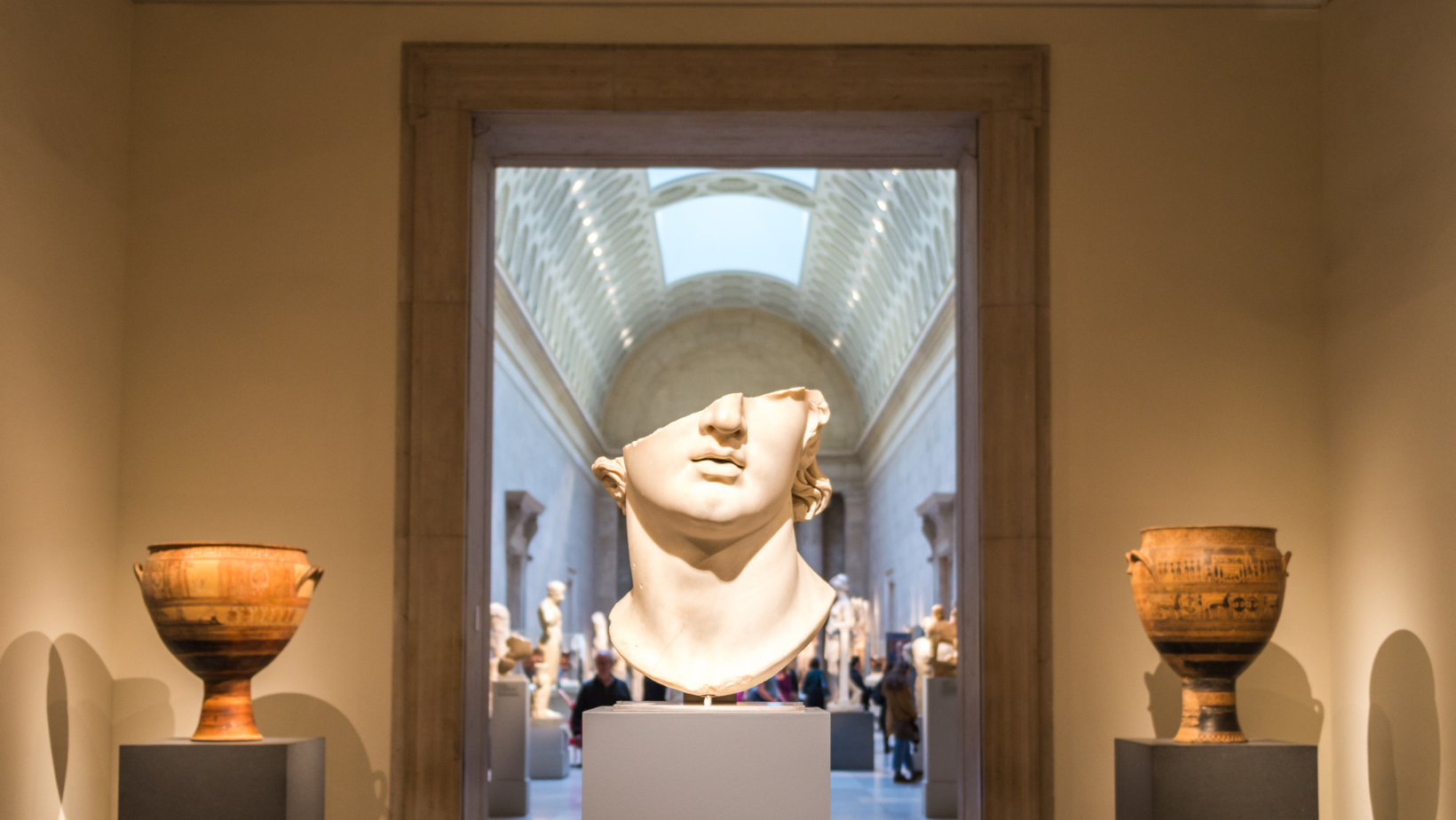In an era where the line between genuine appreciation and narcissistic exhibitionism blurs, the plight of art museums at the hands of vanity cannot be ignored. Art museums, once hallowed halls of culture and reflection, are increasingly being overrun by a generation that seems more interested in projecting their cultural capital than in actually engaging with the art. But before we rush to judgment, let’s take a deeper dive into the evolving role of art museums and their place in a digital age, while not shying away from a more opinionated stance.
The New Age of Vanity
Wander into any prominent art museum today, and you’re likely to witness a maddening spectacle. Hordes of visitors, armed with smartphones and selfie sticks, jostle for the perfect position in front of iconic artworks. Their goal? Not to soak in the beauty or significance of the art, but to snap the perfect picture to bolster their online presence. It’s a distressing sight, but let’s not be too quick to condemn the selfie-takers. In a world where social media reigns supreme, this behavior may be seen as the new normal. The problem isn’t just with the visitors; it’s also with the shifting purpose of art museums themselves.
The Shifting Purpose of Art Museums
Art museums have, for centuries, been the curators of our collective cultural identity. They’ve preserved and exhibited humanity’s creative endeavors, offering a sanctuary for the public to learn, reflect, and be inspired. While this mission remains vital, it’s essential to recognize that the way we engage with art has transformed. In an age of instant gratification and information overload, museums must adapt to survive.
Encouraging Reflection (Or Not)
To combat the epidemic of vanity, art museums need to be bolder in their approach. Rather than just politely suggesting visitors put away their cameras, museums should enforce strict no-photography policies in certain areas to protect the sanctity of the art. After all, how can we expect people to immerse themselves in the art when their primary concern is capturing an Instagram-worthy moment?
Furthermore, interpretive materials should not be a choice; they should be a requirement for all visitors. Engaging guides, multimedia resources, and interactive exhibits should be designed to enhance the viewer’s understanding and provoke thoughtful reflection. As much as self-discovery is essential, providing a helping hand in the form of insightful interpretation can make art more accessible and enjoyable for all.
The Purpose of an Art Museum
The essence of art museums extends far beyond mere display. They are guardians of cultural heritage, preserving the essence of humanity’s creative journey through the ages. While digital platforms may offer the convenience of viewing art from home, they can never replicate the visceral, emotional experience of standing before a masterpiece. The texture of a canvas, the scale of a sculpture, the nuances of brushwork – all of these subtleties can only be fully appreciated in person. Art museums are not just about seeing art; they’re about feeling it, experiencing it in a tangible and visceral way that transcends the virtual realm.
The Value of Physical Presence
In an age where virtual experiences are gaining prominence, it’s crucial to understand that physical presence still matters. Art museums offer a unique, tangible experience that allows visitors to connect with art on a profound level. The digital realm may provide convenience, but it can never replace the sensory and emotional encounter of standing in front of a masterpiece. It’s not just about observing art; it’s about connecting with it, letting it speak to your soul and evoke emotions and thoughts.
In conclusion, the challenges facing art museums are real, and the battle against vanity may seem daunting. But in this age of digital obsession, it’s more crucial than ever for art museums to stay true to their core purpose: to inspire, educate, and promote a deeper understanding of art and culture. In an increasingly superficial world, the real value of art lies in the unfiltered experience of being in its presence. So, the next time you enter an art museum, don’t just think about taking a selfie; think about allowing the art to take a selfie with your soul.



